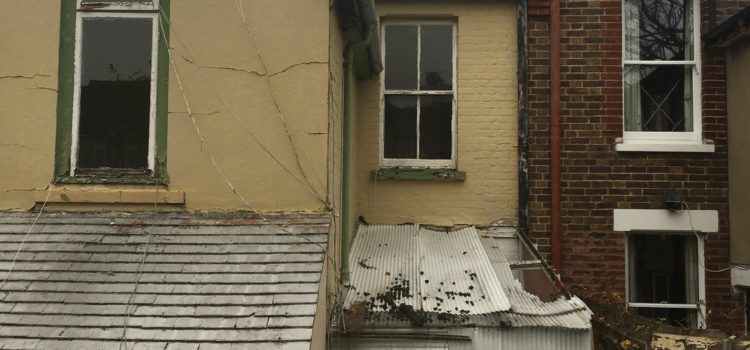Often an investors dream is to find a house that looks cosmetically ugly, probably smells bad, and is totally unattractive to family buyers. We will buy at a discount, and in a perfect world new carpets, neutral paint and a nice kitchen and bathroom will transform the ugly duckling into a beautiful swan. This will then either sell at a premium, or make a desirable addition to a rental portfolio.
The reality however is rarely that simple. Whether the ugly duckling is worth taking on will depend on the scope of work required, and whether the works are cost effective.
The last thing you want as an investor, is to spend money fixing up a property, rent it out, and then find problems creeping up which will cost a lot more money and time later down the line.
The key to making the deal work is to have a really good idea of the extent of the works needed, and the associated costs. Often both homeowners and agents will under estimate the cost of works, so distressed properties may come onto the market over-valued. Its then an even bigger challenge to get the house at the right, realistic price.
I saw a good example of this recently in my local area. A small terraced house had been sitting on the market for a long time. It had the hallmarks of a good deal: Swirly floral carpets, a kitchen and bathroom that were virtually non-existent, and potential to improve the layout and extend. As it was also in a desirable area it generated a lot of interest.
Originally it had gone onto the market at £450,000, later was reduced to £420,000 and finally to £400,000. It had also been marketed by at least 5 different agents.
When we viewed the property it was clear that EVERYTHING needed doing. This would have been a total gut job, taking back to brick and piecing back together, along with structural layout improvements. The works required would easily have cost £80-£100,000. To this we would have to add the cost of finance, and given the condition, it would need to be a cash purchase. Additional factors included the time to get the works done, and the buying and selling costs.
What would the house have been worth when done up? Well, perfectly liveable, if not high end, houses in the area are selling for £450,000, and top end ones for £500,000. To buy this house, even at £300,000 the margins would have been tight. This seller passed up a post auction offer of £370,000, so the house is still unsold. It’s common for distressed properties to be over-valued, so it can be worth looking a little higher up the price brackets, for the houses which are already structurally sound, with a good layout, but where there is still scope to add value, and the price doesn’t need to be so drastically reduced to make the deal work.
With experience we have learned what to look for when viewing a property, and have a much better idea of the scope of works to make it properly habitable. To help with your viewings, you can access our viewing sheet here.

